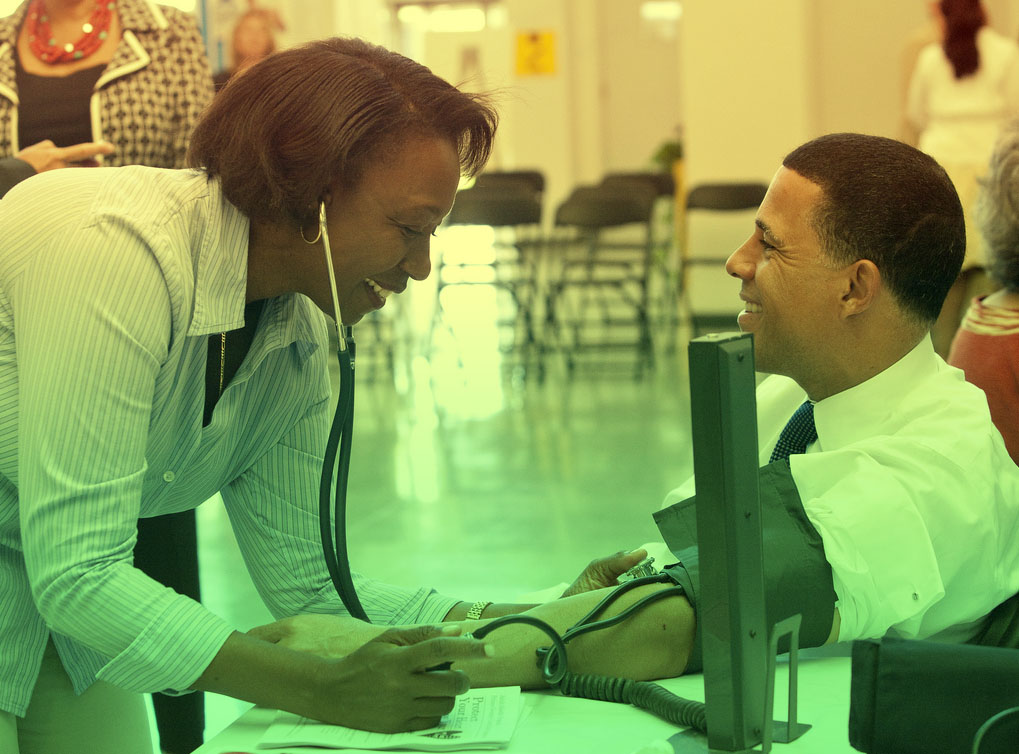
POSTED BY: Katie Ittenbach | September 28, 2015
How will we continue to access medical care in the 21st century? In our healthcare consumer research, we frequently hear that people don’t feel in control of their health. They are at the mercy of the next referral, the next brief follow up, the next bill, and potentially the next dissatisfactory experience. It’s not hard to see how a more connected world has changed the healthcare landscape for patients/consumers as they avoid becoming victims of the system.
Research trends have revealed some insights regarding the new patient demand for personalized care and delivery convenience. It is evident that the healthcare industry is responding with broad-based programs that address the aspirational value of the healthcare experience for customers.
The democratization of many services via the internet has made consumers comfortable finding, vetting, and choosing their providers online. Most of the time, the process around goods and services can be rendered entirely through screens – this represents bad news for marketers as today’s marketplace is stripping value at every available opportunity with people asking, “can’t I just buy it on Amazon?”
Healthcare is an obvious exception – your body must be in the room for a complete diagnosis. Nonetheless, consumers are finding ways to expedite these services as well, with the rise of the retail clinic, walk-in medical centers, and nurse practitioner outpatient procedures. Obviously, a double bypass will still require a custom, extensive medical care path. But for most standard treatments, customers have the burden of choice and the choice is often the convenient one.
Burden of Choice
A greater burden of choice is falling on the consumer than ever. Employers are pushing more financial responsibility onto staff, with almost half of the nation’s large employers offering high deductible health plans (Forbes). With the quicker, easier “a la carte” options mentioned before, consumers need to make more independent choices than ever. Patients end up seeing the full cost of the procedure or treatment anyway; there is a clear incentive and a calling to step up and advocate for your own health.
There is an opportunity to ease patient burdens by being a personalized, interested advocate. A close relationship with a medical provider like a primary care physician (PCP) or a nurse practitioner is highly valued – losing a current healthcare provider is one of patients’ greatest fears as they seek care. Even in the age of robotics advancement, nursing is one of the jobs least susceptible to automation (The Atlantic), so the opportunity to build value in human interactions of care is not going away any time soon.
So, what are some ways that healthcare players can approach this challenge? Stay tuned for Part 2…

